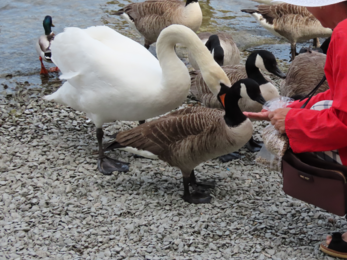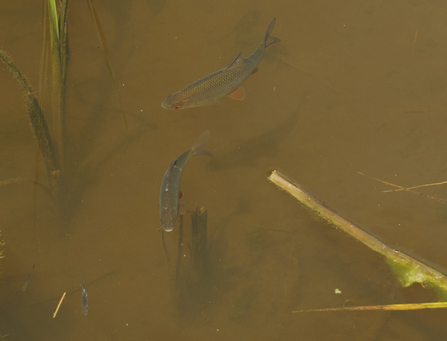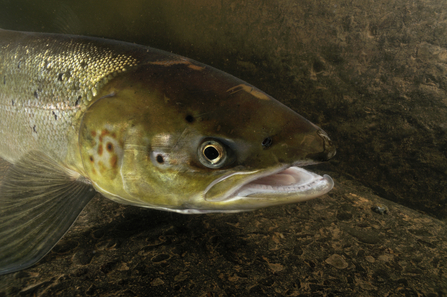Famed and celebrated across the world, Windermere is England’s most iconic and largest ‘natural’ lake. Together with the fells and farmland of its water-gathering catchment, it forms the centrepiece of the Lake District National Park.
Its scenery, leisure attractions and tourism facilities draw seven million visitors every year to pursue a wide range of recreational activities from sailing and shopping to summit-bagging.
Ever since the railway arrived in 1847, Windermere has been the destination for large numbers of tourists, as well as being home to a significant resident population. Beyond the built areas, most of the catchment is farmed with livestock. Water from Windermere is even abstracted as part of the North West’s drinking water supply.
But not all is well beneath the picturesque surface of Windermere’s calm reflections. A number of inter-related problems are affecting the Lake’s ecology, including the impacts of invasive species and climate heating. These directly affect the lake, but it is nutrient pollution and water quality that are the main reasons for current concerns about Windermere’s health.




